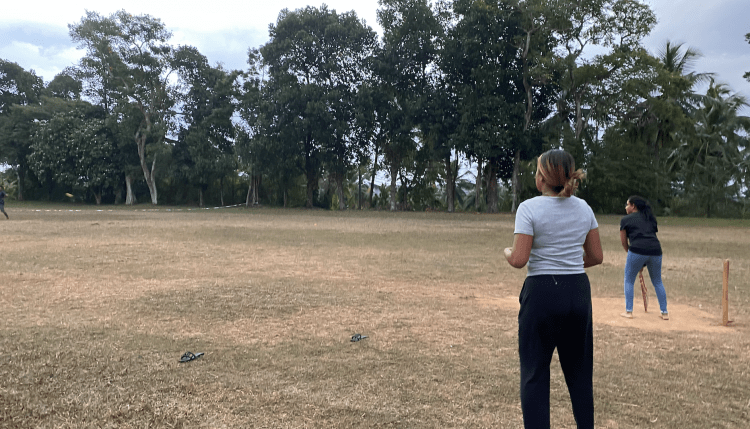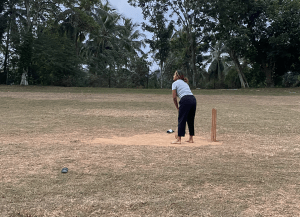
Trip to Boy’s Town Ragama
Aside from being service leader for RCCI at school, I have always been involved with personal service projects such as volunteering at Ma Sevana which is a home for teenage mothers who are survivors of sexual assault and interning at Saravodya which is an orphanage for children aged two to eight. Giving back to the community has been a common theme within my blogs as I am incredibly passionate about applying the skills and learning from my years at school into real life contexts in a manner that can benefit those around me.
Maintaining contact with the students from RCCI has been very inconsistent during the pandemic and as such achieving my weekly quota of giving back to the community has been quite limited. As such I wanted to explore other outlets in which I can spend time and effort sharing my skills or interacting with others in a way befitting me and the other party. After asking to re-volunteer at the home for teenage mothers and the orphanage, I was asked to lessen my contact with the members of Ma Sevana and Saravodya as they had found two positive covid cases. Thus, I hoped to find another alternative service that I could dedicate time to along with my efforts at planning an online zoom interaction with the students of RCCI.
Conversing with an OSC Alumni Savindya Jayasuriya, I initiated and planned an activity when researching into the grossly underdeveloped and unsupported Boy’s Town project. After in depth research, I learnt that Boy’s Town was a large estate in Ragama that housed two hundred orphaned boys from ages five to eighteen. Although endorsed by many politicians over the years who have helped build the various buildings and institutions that mimic schools and businesses in the real world, there hasn’t been much support in terms of financial or monetary aid within the past ten years. When conversing with the Secondary Principle of Boy’s Town, I understood that not only was the institution understaffed but had faced a series of structural calamities due to extreme flooding and poor irrigation canals. Understanding that service, especially in an IB context is more action based than awareness based, Savindya and I organized a trip to this institution to interact with students, while also bringing dry rations and monetary relief to aid the administration in their logistical issues.
I was quite excited to visit Boy’s Town as I hope to employ my well-practiced communication and collaboration skills in leading various team building activities and exercises, while also improving their English speaking skills. Applying some of the practices and even approaches that I used during my interactions with the RCCI students, I felt quite confident in my ability to engage and interact with these students.
Once we arrived, it was at first shocking to see the extent of flood and natural disaster devastation to the structural frameworks of the buildings. However, the lighthearted and carefree nature of the students overwhelmed the feelings of sympathy that I initially felt and allowed me to converse freely with them. With ease, I was able to start an open dialogue with most of the boys in all age groups, discussing our favorite superheroes to conversing about our domestic political conundrums with students were seniors as I was. Their uncanny ability to move past the negativity and embrace my friends and I in positive acceptance was refreshing and encouraged us to focus on our interactions rather than the harsh state of Boy’s Town.
Playing cricket, organizing a dinner and an impromptu concert was incredibly liberating, and opened my eyes to how much this experience helped me improve my social skills, especially making me a better conversationalist. Engaging with issues of global significance was a key focus as I hoped to address issues regarding poverty and underdeveloped institutions and do my part in better their education at Boy’s Town.


